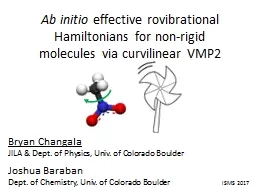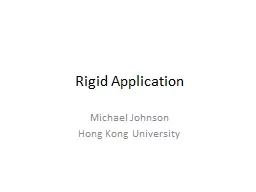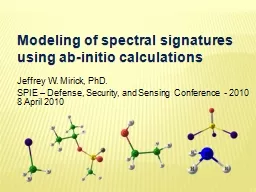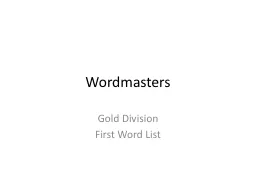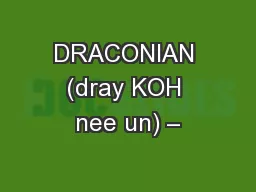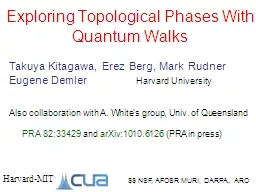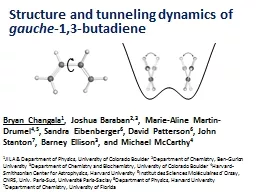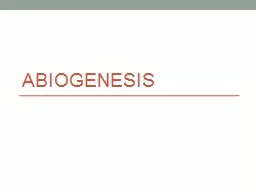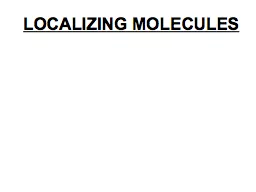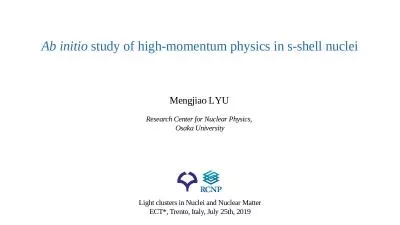PPT-Ab initio effective rovibrational Hamiltonians for non-rigid molecules via curvilinear
Author : giovanna-bartolotta | Published Date : 2018-02-02
Bryan Changala JILA amp Dept of Physics Univ of Colorado Boulder Joshua Baraban Dept of Chemistry Univ of Colorado Boulder ISMS 2017 Rigid vs nonrigid polyatomic
Presentation Embed Code
Download Presentation
Download Presentation The PPT/PDF document "Ab initio effective rovibrational Hamil..." is the property of its rightful owner. Permission is granted to download and print the materials on this website for personal, non-commercial use only, and to display it on your personal computer provided you do not modify the materials and that you retain all copyright notices contained in the materials. By downloading content from our website, you accept the terms of this agreement.
Ab initio effective rovibrational Hamiltonians for non-rigid molecules via curvilinear: Transcript
Download Rules Of Document
"Ab initio effective rovibrational Hamiltonians for non-rigid molecules via curvilinear"The content belongs to its owner. You may download and print it for personal use, without modification, and keep all copyright notices. By downloading, you agree to these terms.
Related Documents

